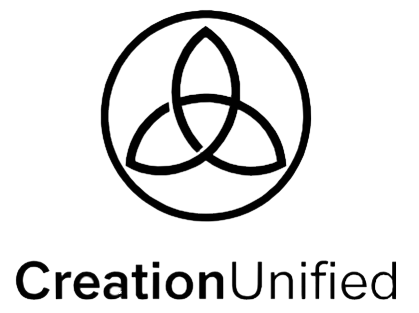By Kevin L. Brown
Published: August 2026 (DOI 10.5281/zenodo.16813373)
Introduction
For centuries, energy has been the heartbeat of physics. In the 20th century, information became the language of computing. But until now, the two were treated as separate domains: energy belonged to the physical world, information to the symbolic.
This paper argues something radically different: energy and information are not separate at all — they are two expressions of the same underlying geometry.
By introducing a new coupling, we show how information states carry real energetic costs, and how phase geometry — the way states align or misalign — shapes the flow between them.
The Core Idea
At the heart of the framework is a simple but powerful relation:
E ≥ (I⋅kϕ) f(ΔS,ΔΦ)E \;\ge\; (I \cdot k_\phi)\, f(\Delta S, \Delta \Phi)E≥(I⋅kϕ)f(ΔS,ΔΦ)
Here:
- $I$ is information content.
- $k_\phi$ is a coupling constant linking information to energy.
- $\Delta S$ is an entropy shift — how ordered or disordered the system becomes.
- $\Delta \Phi$ is a phase displacement — how aligned the system’s states are.
This equation does not replace physics as we know it — it extends it. It reduces to Landauer’s bound when phase effects vanish, and it respects Bekenstein’s limit when energy and information are pushed to extremes.
Why It Matters
If true, this relation changes how we think about:
- Computing: Every operation has an irreducible energy cost. But this framework says the cost also depends on how well-aligned the system’s states are. Phase becomes just as important as bits.
- Quantum Devices: Superconducting qubits and optical interferometers already work with phase. This model predicts subtle but measurable energy differences when states are aligned vs. misaligned.
- Civilization Readiness: Using the THD Equilibrium Index, entropy ($\Delta S$) and phase ($\Delta \Phi$) can map not just devices, but whole societies. Stability and readiness can be tracked with the same math that governs quantum information.
Use Cases Across Scales
- Nanophysics:
Detecting energy shifts as small as $10^{-28}$ J in superconducting qubits using cryogenic calorimetry. - Optical Systems:
Using interferometers to measure $10^{-15}$ J differences — phase energy costs hidden in light itself. - CMOS Circuits:
Revealing new pathways to ultra-efficient chips, where phase-aware design reduces power by orders of magnitude. - Global Systems:
Applying the same readiness metrics to economics, energy grids, and even collective decision-making — where entropy and alignment predict stability.
The Aspirational Horizon
What does this mean for the future?
- Energy-efficient computing could move beyond transistor scaling into phase-aware architectures.
- Quantum information science may discover new limits and opportunities for energy savings.
- Societal systems — from economics to climate governance — could be measured for readiness the same way we measure qubits for alignment.
- A unified science emerges, where the same equation describes both the smallest devices and the broadest civilizations.
Why Now
Fifty years ago, Landauer taught us that information has a minimum energy cost. Today, we ask a deeper question: does phase geometry reshape that cost?
If the answer is yes, then energy and information are not merely related — they are two sides of a single structure, a bridge between physics, computation, and collective human readiness.
This paper doesn’t just speculate. It provides concrete experiments — falsifiable, pre-registered, open-data — that will determine whether the idea holds. Whatever the outcome, the act of testing it advances both physics and our collective understanding of how information fuels the future.
The full derivation, experimental framework, and appendices are openly available
